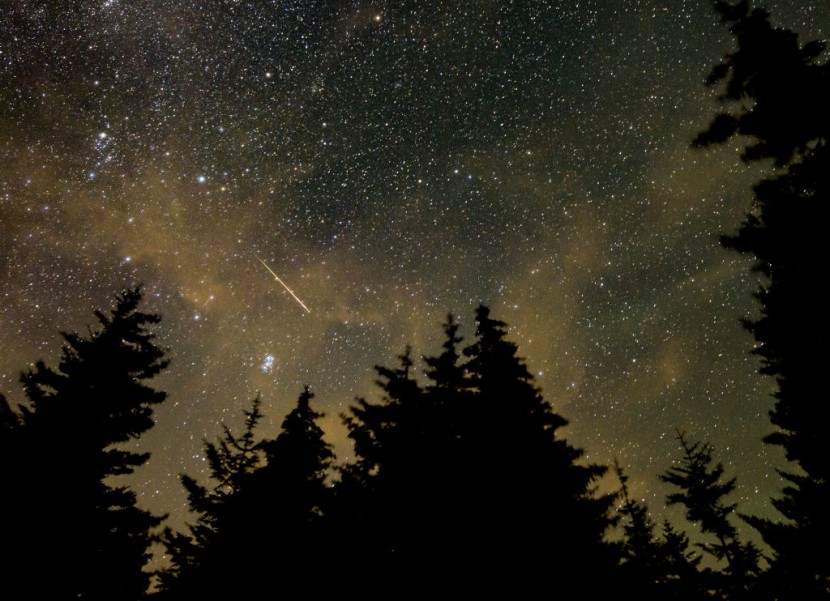
The early months of each year have a relative lack of meteor showers, therefore the Quadrantids during the first week of the year frequently entice avid meteor watchers outdoors.
On Tuesday and Wednesday evenings, they provided the spectacle some skywatchers had hoped for.
How to Watch Quadrantids Meteor Shower?
The Quadrantid meteor shower is the sole major shower in the first quarter of the year, and it reached its brief peak on Tuesday night and Wednesday morning this week, as per CNET. While December is filled with opportunities to observe abundant Geminid and Ursid meteors, the Quadrantid shower is the only major shower in the first three months of the year.
Similar to the Geminids and Ursids, the Quadrantids are generally among the greatest meteor showers of the year. However, these meteors do not receive nearly as much attention as the northern midsummer Perseids in August, which occur during many skywatchers' summer vacations.
According to the American Meteor Society, the chance to view the Quadrantids is extremely limited, with the peak of strong activity lasting just six hours this year. Other showers may have peaks that last a day or two, with a smaller but still substantial quantity of precipitation occurring in the days preceding the peak.
The peak viewing time for the Quadrantids is brief, lasting just approximately six hours, and is sometimes hindered by winter cloud cover, moonlight, and other seasonal conditions. With the moon being 92% full and very bright, circumstances are not likely to be perfect this year, but meteors can still be spotted if you're lucky.
In North Texas, the prime watching time begins at about 9 p.m. and lasts until 3 a.m., according to NBC DFW. Although meteors will be visible in various parts of the sky, they will come from the constellation Bootes, close to the Big Dipper.
The American Meteorological Society (AMS) reported that Quadrantids rarely have long trains but frequently generate spectacular fireballs as they speed through the sky at 25.5 miles per second.
Read Also : China Surging COVID-19 Deaths Overwhelm Funeral Homes Prompting To Give Families Only 10 Minutes To Mourn
Missed The First Meteor Shower?
Under clear, dark skies, the Quadrantid meteor shower produces around 25 meteors every hour. During the peak timeframe, NASA estimates that the number might reach 200 per hour.
NASA said that the six-hour peak is so brief due to the narrow stream of particles and the Earth's perpendicular crossing of the stream. If you miss the Quadrantids, there are several more meteor showers to observe each year. The Lyridae are active from April 15 through April 29.
Per US Today, to get a glimpse of the meteor shower, it is recommended to go to a location that is not influenced by light pollution during the peak hours of darkness or dawn. NASA recommends allowing your eyes to acclimatize to the darkness for fewer than 30 minutes.
Once adjusted, the AMS recommends facing northeast and looking approximately halfway up the sky. For the most comfortable experience, it is advisable to sit in a chair or lie down as opposed to standing and gazing up. The American Meteorological Society recommends allowing at least an hour to observe in order to prevent activity lulls.
Related Article : Scientists Discover 2 Never-Before-Seen Minerals Inside 15-Ton Meteorite That Crashed in Africa
@YouTube
© 2025 HNGN, All rights reserved. Do not reproduce without permission.








